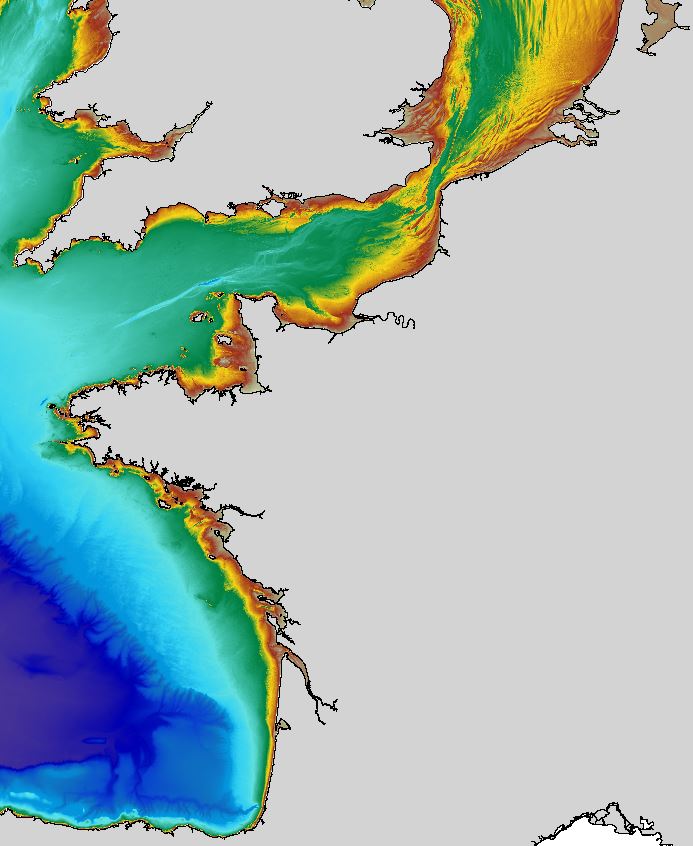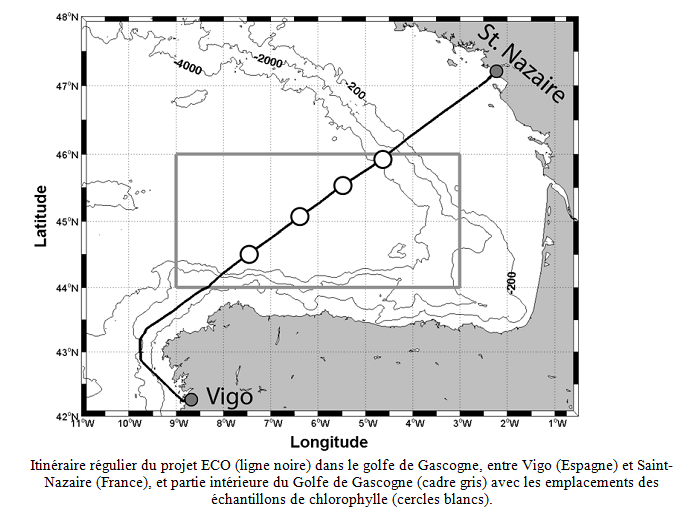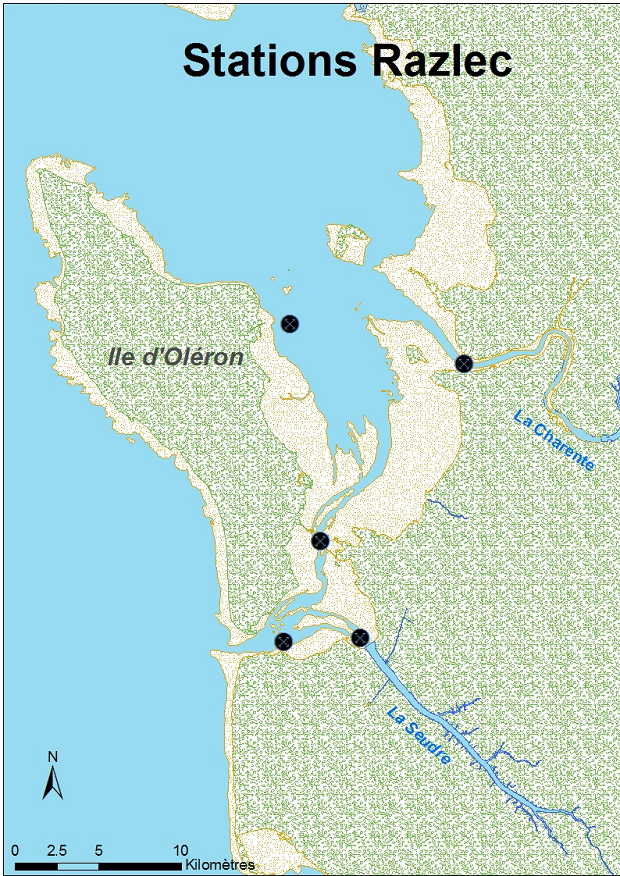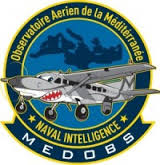500000
Type of resources
Available actions
Topics
Keywords
Contact for the resource
Provided by
Years
Formats
Representation types
Update frequencies
status
Scale
Resolution
-
The “World Seabed Sediment Map” product contains geo-referenced digital data, describing the nature of the sediment encountered in different seas and oceans of the world. The objects are all surface areas and the description of an object includes in particular the nature of the sediment including rock-type bottoms.
-

Les périmètres des quartiers prioritaires de la politique de la ville sont fixés par le décret n° 2014-1750 du 30 décembre 2014 pour la métropole et par le décret n° 2014-1751 du 30 décembre 2014 pour les départements et collectivités d’outre-mer, rectifiés par le décret n°2015-1138 du 14 septembre 2015.
-

The regional bathymetric Atlantic – Channel – North-Sea DTM has a resolution of 0.001° (~111m). Its geographic coverage includes the Bay of Biscay, the English Channel and a part of the North Sea. The DTM extends from the coast to the continental slope (about of 4800m deep). This DTM is produced in the framework of the HOMONIM project which aims at improving operational forecast capabilities for the national coastal flood warning system. This DTM is offered openly on the Shom diffusion website (http://diffusion.shom.fr/produits/bathymetrie/mnt-facade-atl-homonim.html). http://dx.doi.org/10.17183/MNT_ATL100m_HOMONIM_WGS84
-
Sea bed sediment maps for the 4 marine sub-regions prepared as part of the initial evaluation of the MSFD (Marine Strategy Framework Directive).
-

Cartographie de la répartition territoriale des logements subventionnés par l'ANAH (Agence Nationale pour l'Amélioration de l'Habitat) selon que les propriétaires soient Occupants (PO) ou Bailleurs (PB)
-

Le projet ECO – évolution de l'augmentation du CO2 – a été planifié et développé pour agrandir la banque de données de mesures de fugacité fCO2 dans le golfe de Gascogne. Les mesures ont été prises à bord de navires d'opportunité, le long de la route commerciale entre Vigo en Espagne et Saint-Nazaire en France, entre décembre 2002 et décembre 2004. En outre les principaux paramètres physiques et biologiques ont été suivis pour évaluer leur pertinence dans la variabilité de CO2 à l'échelle saisonnière et interannuelle. Les mesures ont été effectuées le long de 150 trajets. Le but de ce travail est de contraindre l'évaluation des flux de CO2 ainsi que de décrire le rôle des différents facteurs de la distribution fCO2 au cours des campagnes ECO.
-
Réseau historique du suivi physico-chimique des masses d’eau du Bassin de Marennes-Oléron - RAZLEC -

Caractérisation hydrologique interannuelles et saisonnières du Bassin de Marennes-Oléron
-

Observations des pressions d'usages en zone côtière méditerranéenne, pollutions en surface, mammifères marins, rejets côtiers. Observations également sur les principales têtes de canyons.
-
Cartographie des communes possédant un site Internet permettant aux citoyens d'accéder à des démarches de type eAdministration.
-
Le développement de l’éolien en Aquitaine doit composer avec les ressources en vent et les différents enjeux du territoire qui constituent des contraintes plus ou moins importantes pour l’installation d’éoliennes. Les principaux thèmes pris en compte dans le SRE sont les suivants : - Les paysages et le patrimoine - L’urbanisme, - La biodiversité, - Les enjeux d’ordre technique (Vent, défense, aviation civile, radars de MétéoFrance) Chaque enjeu repéré à l'échelle régionale représente un niveau de contrainte qui peut être « absolu », « fort » ou « modéré » car identifié comme tel par les services consultés, après arbitrage dans le cadre de l'élaboration du SRE. Les contraintes absolues sont cartographiées, puis déclinées en zones « défavorables » à l'éolien ; L'ensemble de ces enjeux particuliers détermine des parties de territoires où l'éolien ne peut être développé au moment de l'élaboration du SRE.
 Catalogue PIGMA
Catalogue PIGMA